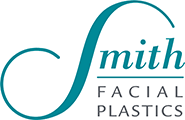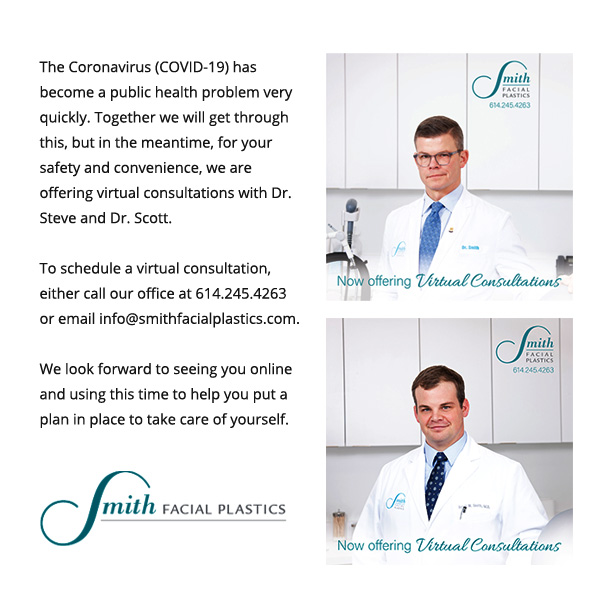Before and After Laser Skin Resurfacing
Today’s laser skin resurfacing treatments aren’t like those of the past. Fractionated CO2 laser treatments target specific small areas of the skin, so that you get major results, without extensive wounding or a long healing process. Although fractionated laser treatments might have a shorter recovery period and might be much less uncomfortable, they are still major medical treatments. That means there are a few things you’ll want to do before and after your laser treatment to help you get ready and to help yourself heal.
Before: Check Your Health
Usually, laser treatments, including CO2 laser and pulsed dye lasers are only recommended for people in good physical health. Even if you feel healthy and don’t have a history of any medical conditions, it’s a good idea to schedule an appointment with your primary care doctor in advance, to confirm that you’re healthy enough for the treatment or to get any conditions under control for you decide to move forward with a laser treatment.
If you have certain types of infections, such as herpes (or cold sores), your doctor might want to take extra precautions to keep an outbreak from occurring after a laser treatment. You’ll most likely be given an antiviral medicine to take before the laser treatment and after to keep the virus from acting up.
Before: Schedule a Consultation
Once you’ve gotten a clean bill of health from your primary doctor, you can make an appointment for a consultation with a facial plastic surgeon. The consultation is an important step, as it provides you with more information about a laser procedure and helps you see if it’s really what you want. The consultation also helps your surgeon assess whether you’re ready for a treatment and whether what you are hoping to get out of the treatment is realistic.
During the consultation, you’ll want to discuss any medications you take or any habits you have with your surgeon. He might recommend avoiding certain medicines before treatment, such as aspirin or other blood thinners and he might recommend that you quit smoking, too.
Before and After: Protect Your Skin From the Sun
It’s best to avoid the sun in the weeks leading up to your laser skin resurfacing treatments and in the weeks after treatment. Exposure to the sun’s UV rays, even up to two months before treatment, can cause irreversible pigment changes after your laser treatment. For best results, always wear a sunscreen with an SPF of 30. Reapply the sunscreen often throughout the day and avoid spending lots of time outdoors in direct sunlight.
You’ll also want to avoid sun exposure after your treatment. The skin will be very tender while it heals. Exposure to UV rays can cause pigmentation changes or burns that are very uncomfortable. Limit your time outdoors as much as you can. Along with wearing a sunscreen, also wear a hat with a wide brim to keep the sun off of your face and a pair of sunglasses.
After: Take Enough Time Off From Work
After your laser treatment, your skin will feel a bit raw. It will most likely be red and swollen and there might be some scabbing or crusting. When you feel comfortable returning to work depends on you. It might be a good idea to request about a week off from work, just to be on the safe side. You might feel well enough to return after a day or two, or you might feel self-conscious about your appearance for a full week afterwards. It’s better to be on the safe side and to take more time off than you think you’ll need rather than to only request a day or two off and to end up wishing you’d taken a full week.
After: Take Care of the Area
Follow any instructions given by your surgeon to help your face heal as quickly as possible after treatment. He might recommend certain types of pain medications to help relieve discomfort, for example. Only take the recommended medicines as needed and avoid any medicines not specifically mentioned by your doctor.
You can use cold compresses to help bring down swelling in the face after treatment. It might also be helpful to use a lotion or moisturizing cream to help protect the healing area and to keep it hydrated. Ask your surgeon if he recommends any type of lotion or ointment for use after laser treatments. Usually, you can start wearing makeup again pretty soon after a laser treatment. Ask your doctor first, to make sure it’s OK to start using cosmetics again.
Dr. Stephen Smith, a fourth generation facial plastic surgeon in Ohio , offers two types of laser treatments at his practice’s laser center. To learn more about laser skin resurfacing and what you can do to prepare and during your recovery, call 614-245-4263 to schedule a consultation with Dr. Smith at either of his two practice locations.


